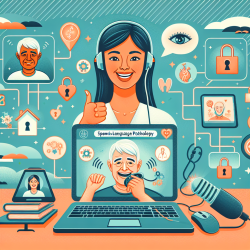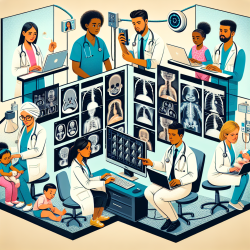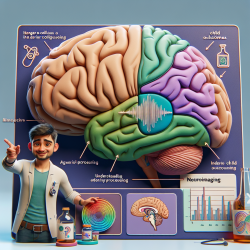In the evolving landscape of speech-language pathology, the intersection of telepractice and client satisfaction has garnered significant attention. The research article titled "Telepractice Treatment for Aphasia: Association Between Clinical Outcomes and Client Satisfaction" provides critical insights that can help practitioners refine their approach to telepractice treatment for aphasia.
Key Findings from the Research
The study involved 22 adults with poststroke aphasia residing in rural areas. They received comprehensive language-oriented treatment (LOT) for aphasia through community-based telepractice. Key outcomes include:
- An average improvement of 4.64 units in Western Aphasia Battery-revised (WAB-R) aphasia quotients (AQs) after 12 sessions.
- A high level of client satisfaction, with mean scores on the Client Satisfaction Questionnaire-8 (CSQ-8) averaging 31.0/32.0.
- A strong correlation between client satisfaction and clinical outcomes, where each 1-unit improvement in satisfaction was associated with a 1.75-unit increase in WAB-R AQ.
Implementing the Findings in Practice
For practitioners aiming to enhance their telepractice services, the following strategies can be derived from the research:
- Prioritize Client Experience: High satisfaction levels are closely linked to better clinical outcomes. Ensuring a seamless and engaging telepractice experience can significantly impact treatment efficacy.
- Utilize High-Quality Technology: The study noted that participants appreciated the ability to see both the therapist and stimuli simultaneously. Investing in reliable video and audio equipment can enhance client satisfaction.
- Tailor Treatments to Individual Needs: The use of evidence-based treatments like semantic feature analysis and verb network strengthening can address specific language deficits effectively.
Encouraging Further Research
While the study offers valuable insights, it also highlights the need for further research. Practitioners are encouraged to explore additional studies comparing telepractice with in-person treatments and examining larger sample sizes to validate these findings.
To read the original research paper, please follow this link: Telepractice Treatment for Aphasia: Association Between Clinical Outcomes and Client Satisfaction.










